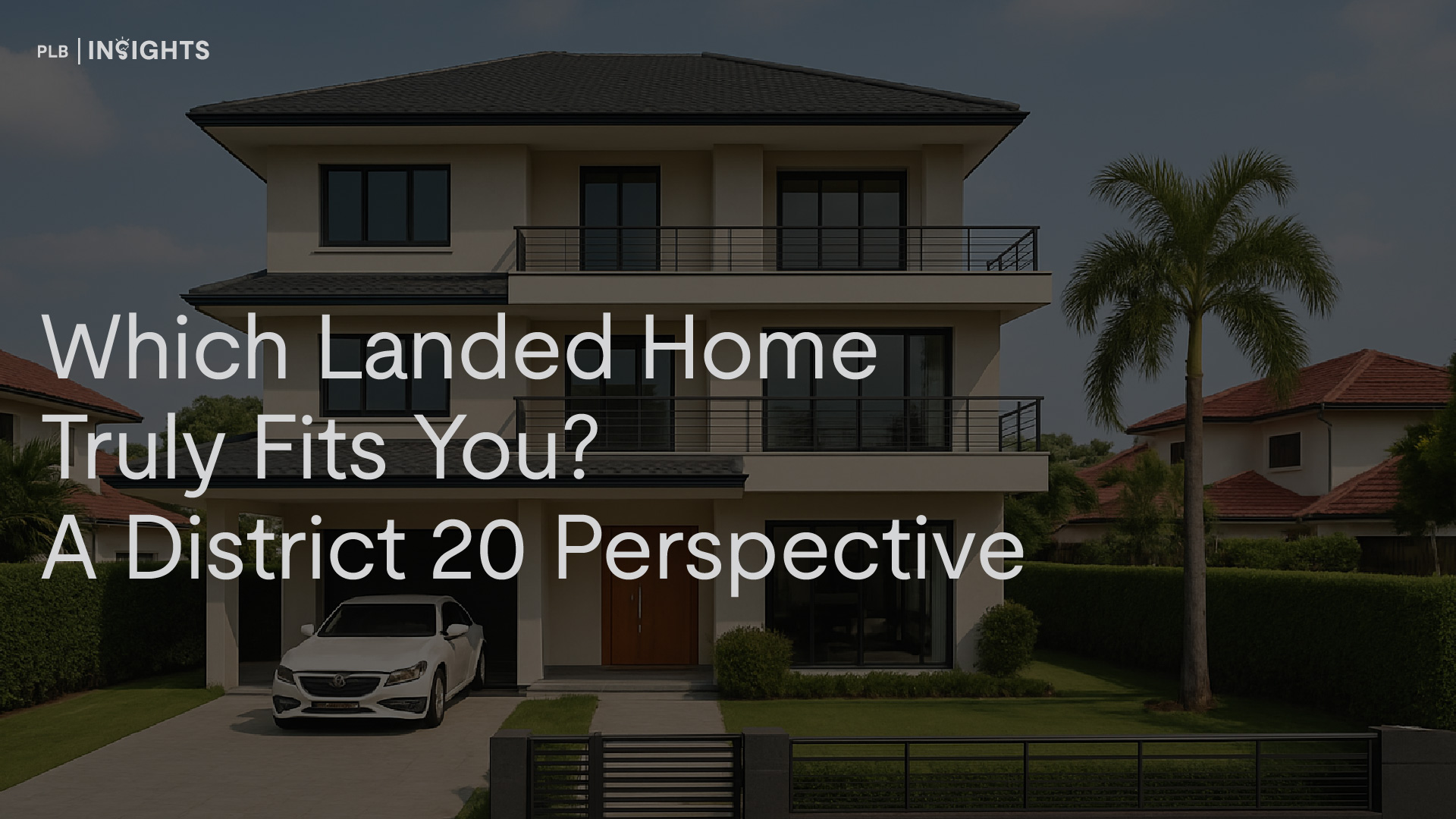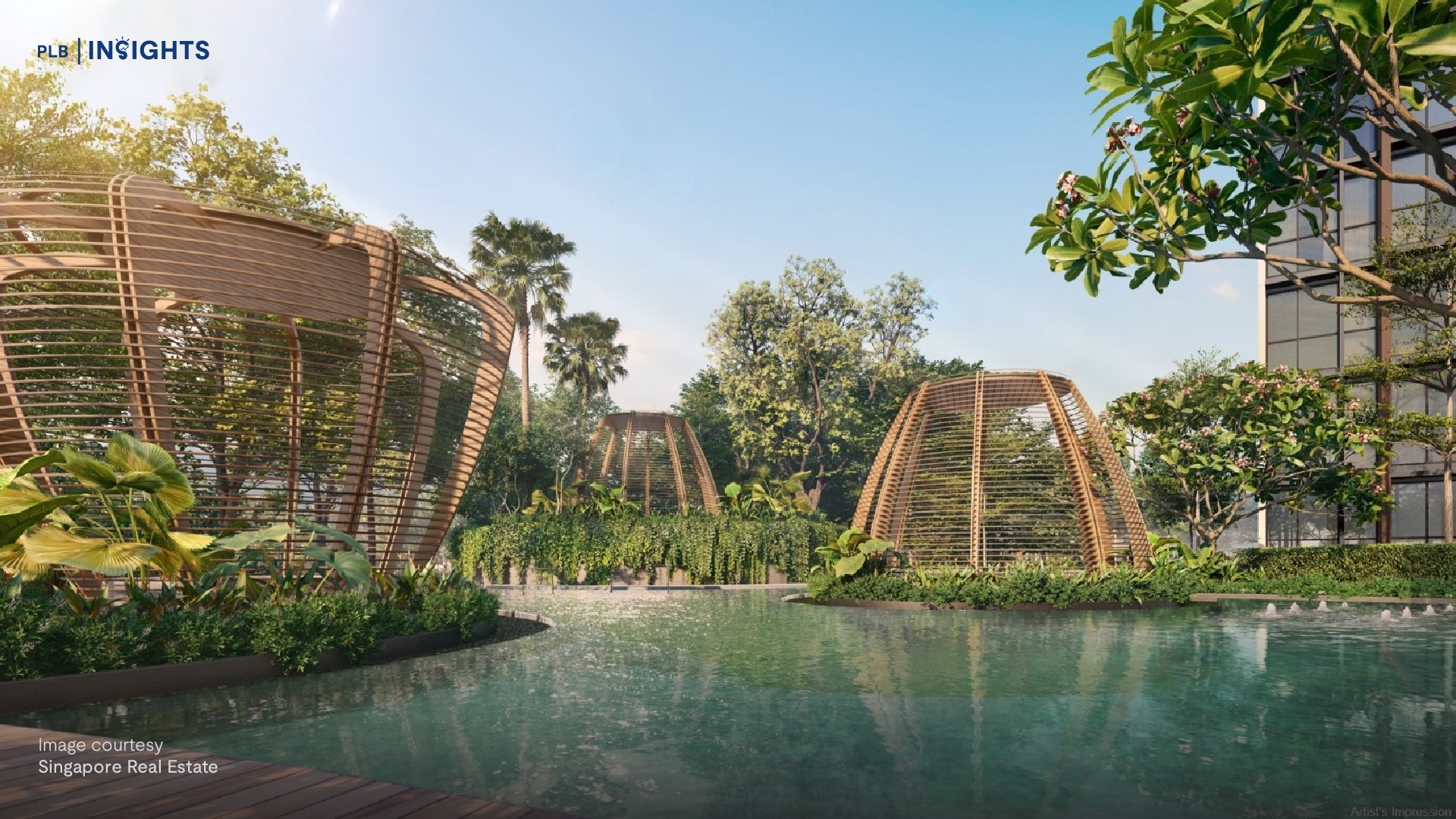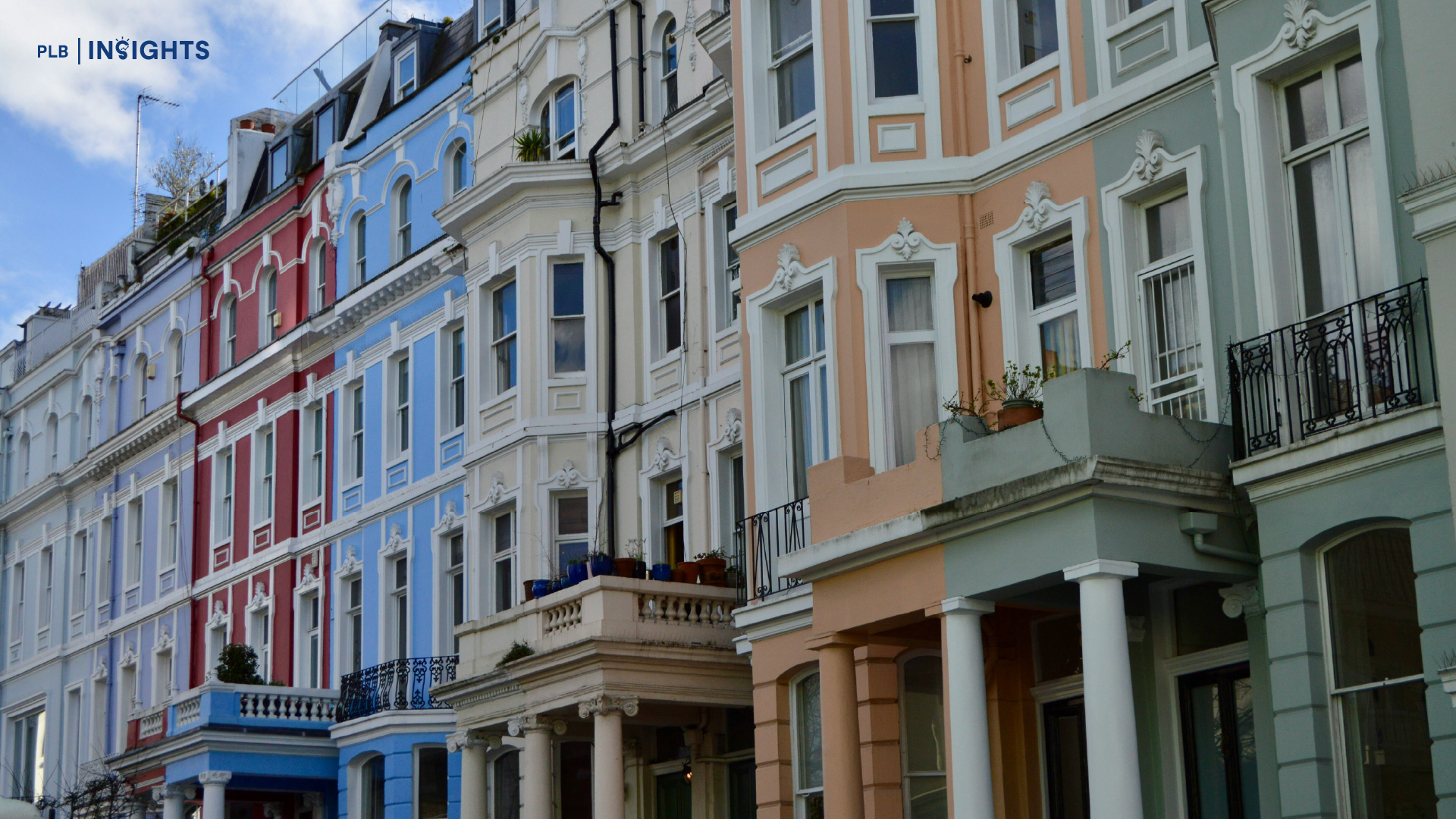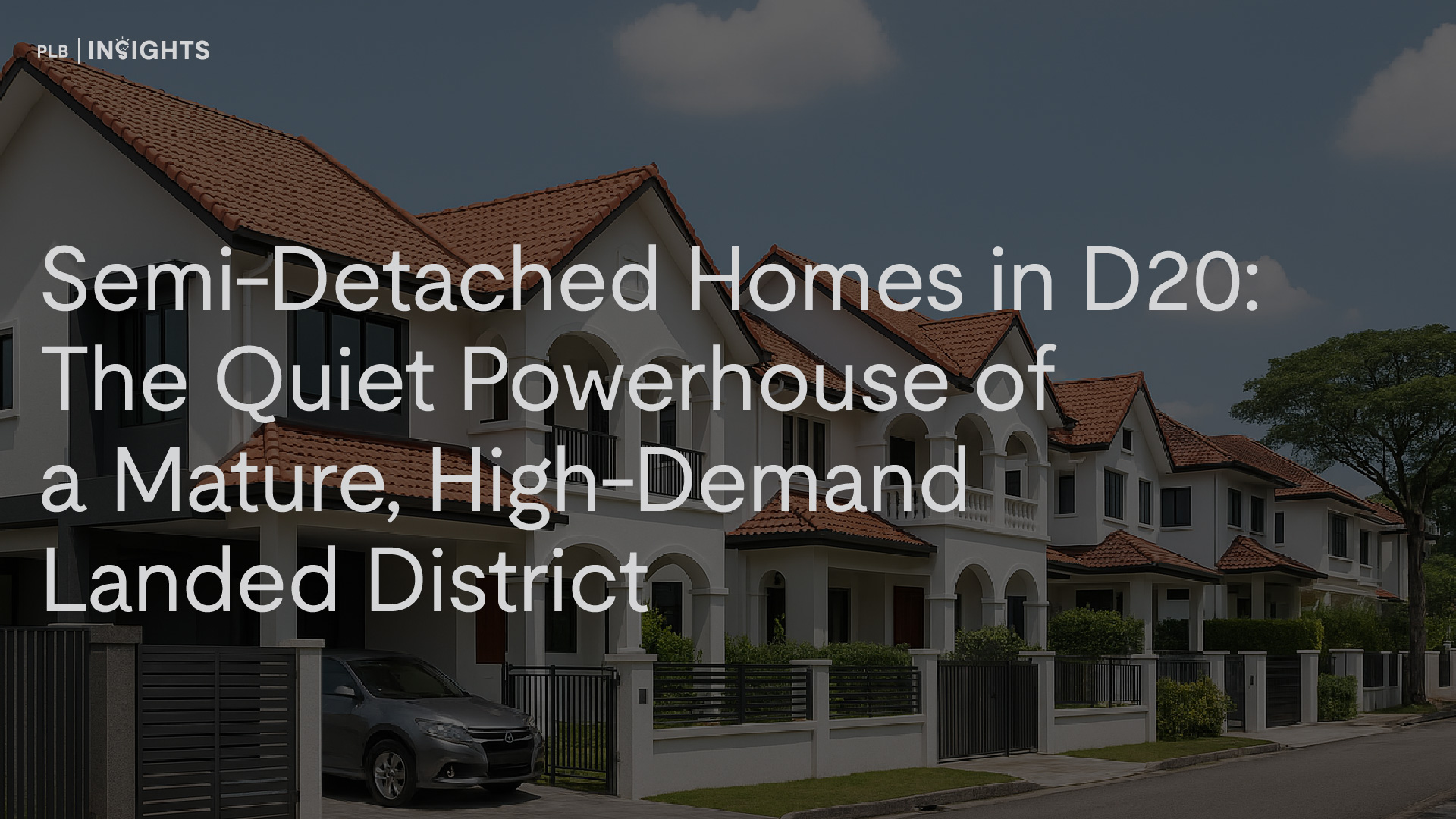
Over the weekend of 26th-27th October, Assembly along with the PropertyLimBrothers team, hosted the Property Summit 2024. We were honoured to welcome over 70 knowledge-hungry attendees, who engaged with PLB’s expert speakers and invited industry leaders across 17 sessions, covering key topics like Singapore’s property trends, refinancing strategies, and more.
We have previously covered “The Condo Market Shift – How Narrowing Price Gaps Are Redefining New Launch & Resale Choices”, which you may read here.
Another key topic presented at the Summit was the current trends in Singapore’s landed property market. In this article, we will delve into the latest trends and insights surrounding landed properties in Singapore.
Singapore’s landed property market continues to demonstrate resilience and unique value due to the limited availability of landed housing stock. This segment holds a particularly strong appeal for investors and homebuyers due to its intrinsic value linked to both land ownership and scarcity—a key point discussed at Property Summit 2024.
Distinct Characteristics of the Landed Market

Landed homes in Singapore are known for their inelastic supply underpinned by Singapore’s geographical constraints and strict zoning laws which limit new landed developments. As of 2024, landed properties account for approximately 73,000 units—less than 5% of Singapore’s total housing stock. This scarcity effect has kept demand strong and prices stable, positioning landed properties as a ‘hard asset’ with consistent appreciation over time.
Demand and Capital Appreciation
The landed property market has demonstrated significant capital appreciation over the years. According to URA data, landed property prices rose by approximately 42% from Q1 2015 to Q3 2024, compared to a 40% increase for non-landed private properties in the same period. This trend highlights landed properties as a robust, wealth-preservation asset, with capital gains that often outperform other asset classes over longer periods.
The tenacity of Singapore landed property market, coupled with its limited supply over the years relative to other asset classes, is a testament to it being the ‘hardest’ asset class in Singapore.
PLB’s Landed Decision Making Framework

In Property Summit 2024, we also introduced PLB’s Landed Framework to guide effective and smarter decision-making when investing in Singapore’s landed properties.
Disparity Effect© Based on Current Asking Prices
PLB actively monitors the asking prices of landed properties to assess the evolving landscape, which reveals shifts between various asset classes. This approach provides a real-time view of how pricing differs among PLB’s 4 categories of landed property, as well as in comparison with other property types—such as condos. This framework allows for deeper insights into the nuances and influences regarding buyers’ preferences and investment decisions. By analysing these price trends, we help identify opportunities where slight “top-ups” enable buyers to move to higher-value asset classes, ensuring they maximise both potential returns and asset longevity.
In addition, tracking these shifts allows us to offer informed guidance on entry points, potential appreciation, and the impact of market dynamics on landed properties. PLB Disparity Effect© offers valuable insights into the relative positioning of landed properties, helping buyers navigate an inelastic supply of the landed property market with greater clarity and confidence.
D19 Disparity Effect©

D19 (Inter-Terrace and Semi-Detached) exemplifies distinct value tiers. Here, inter-terrace homes in Category 1, requiring a complete rebuild, offer an entry point of $3.5M–$4.0M. As we move up, Category 2 and 3 inter-terrace homes range from $4.0M–$6.0M, reflecting homes that need Additions and Alterations (A&A) or minimal renovations, respectively. In the semi-detached segment, Category 3 values start at $5.8M, with Category 4 properties (fully redeveloped) commanding $6.0M–$12.0M. The price disparity here illustrates how property condition impacts value, allowing buyers in D19 to choose between investment opportunities requiring substantial refurbishment or ready-to-move-in homes at a premium.
D28 Disparity Effect©

D28 offers similar pricing tiers but starts with slightly lower entry points. Category 1 inter-terrace homes begin at $3.4M–$3.7M, appealing to those seeking value in redevelopment. Moving up the categories, inter-terrace homes in Category 2 and 3 reach $3.8M–$5.0M. For semi-detached homes, Category 3 is priced at $5.5M–$8.0M, while Category 4 properties command $7.8M–$12.0M. The district’s slightly more accessible pricing in earlier categories provides opportunities for buyers focused on refurbishment potential, while high-end properties remain competitive with other districts for those seeking luxury.
D15 Disparity Effect©

D15 stands out for its prime East Coast location, heritage charm, and proximity to amenities, attracting strong demand. This is reflected in the pricing spectrum, where inter-terrace Category 1 homes start at $3.6M–$4.5M, higher than similar categories in D19 and D28. Moving to Category 4, inter-terrace homes reach $6M–$9M, while semi-detached properties in this category demand $7.5M–$12M. D15’s appeal to expatriates and locals alike, along with its limited supply of landed homes, makes it a standout district for long-term appreciation, even at a higher entry point compared to D19 and D28.
D20 Disparity Effect©

D20 presents a competitive price range relative to other districts, despite being in the Outside Central Region (OCR). Semi-Detached Category 1 properties start from $4.3M–$5.0M, comparable to other districts, while Category 4 Semi-Detached homes demand a premium of $8.2M–$12.0M. Inter-terrace properties in D20 start at a lower $2.7M–$4.0M in Category 1, making it a relatively affordable option for buyers considering complete rebuilds. The district’s pricing structure caters to a range of budgets, offering both affordable entry points and premium properties for those prioritising spacious living in a less central location.
D10 Disparity Effect©

D10, known as one of Singapore’s most prestigious residential areas, commands premium prices across all categories. Category 1 Semi-Detached homes start at $4.5M–$6.8M, appealing to buyers investing in properties with rebuilding potential in a top-tier location. Category 4 Semi-Detached homes are priced from $11.0M to $16.0M, reflecting the exclusivity and luxury expected in D10. Inter-Terrace homes in Category 1 begin at $5.0M–$6.0M, with Category 4 properties reaching $8.0M–$10.0M. D10’s high entry points across all categories underscore its desirability, providing a selection of high-value options for buyers who prioritise prestige and centrality.
Overall, each district offers unique value propositions, from D15’s coastal appeal to D10’s prestige, while D19, D20, and D28 provide accessible options with varied renovation potential. Through PLB’s Disparity Effect©, buyers can navigate these distinctions, identifying opportunities to optimise their investment based on location, property category, and individual preferences for renovation or immediate usability. This nuanced approach enables buyers to make strategic, data-driven choices across Singapore’s diverse landed property landscape.
Conclusion
In conclusion, the insights from Property Summit 2024 underscore the resilience and unique value proposition of Singapore’s landed property market. Despite the high price points and limited supply, landed properties continue to attract buyers and investors drawn to the inherent stability, long-term appreciation potential, and prestige associated with land ownership in Singapore.
The PLB Disparity Effect© analysis reveals how each district, from the prestigious D10 to the accessible D19 and D28, offers distinct opportunities.
PLB’s Landed Framework and Disparity Effect© analysis, together, offer a comprehensive guide for buyers looking to make informed, strategic decisions in this evolving landscape. Whether considering a Category 1 property for redevelopment potential or a Category 4 home for immediate occupancy, buyers can leverage these insights to maximise their investment value and align their choices with both budget and lifestyle preferences. As the landed property market continues to evolve, this data-driven approach helps buyers navigate the unique dynamics of Singapore’s most exclusive and desirable asset class.
Let’s Get In Touch
Our goal is to provide you with knowledge and insights so you could make informed decisions. For questions you’ve in mind, feel free to get in touch with us.
Disclaimer: Information provided on this website is general in nature and does not constitute financial advice
PropertyLimBrothers will endeavour to update the website as needed. However, information may change without notice and we do not guarantee the accuracy of information on the website, including information provided by third parties, at any particular time. While every effort has been made that the information provided is accurate, individuals must not rely on this information to make a financial or investment decision. Before making any, we recommend you consult a financial planner or your bank to take into account your particular financial situation and individual needs. PropertyLimBrothers does not give any warranty as to the accuracy, reliability or completeness of information which is contained in this website. Except insofar as any liability under statute cannot be executed, PropertyLimBrothers, its employees do not accept any liability for any error or omission on this website or for any resulting loss or damage suffered by the recipient or any other person.








